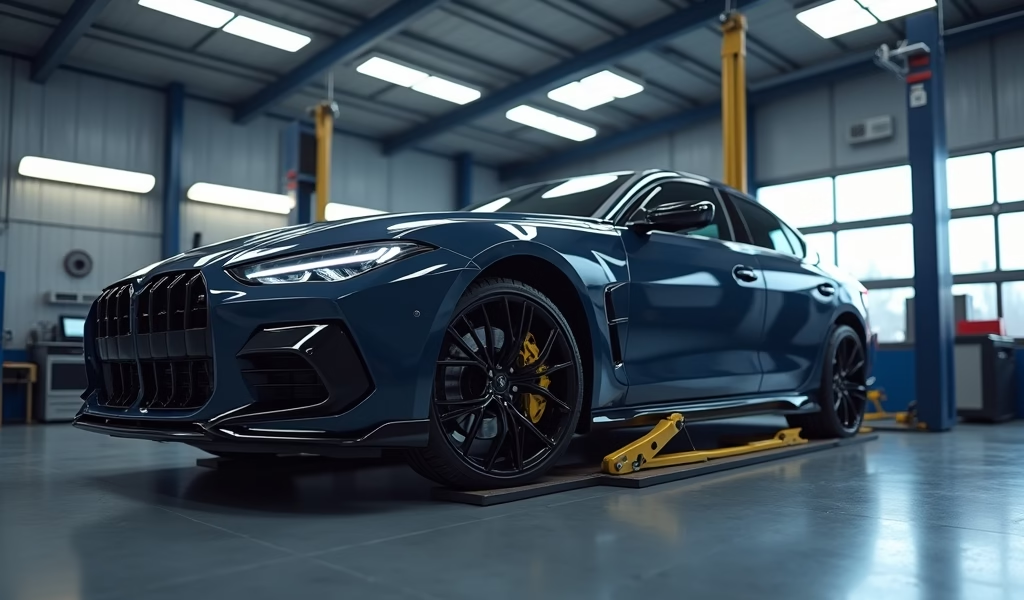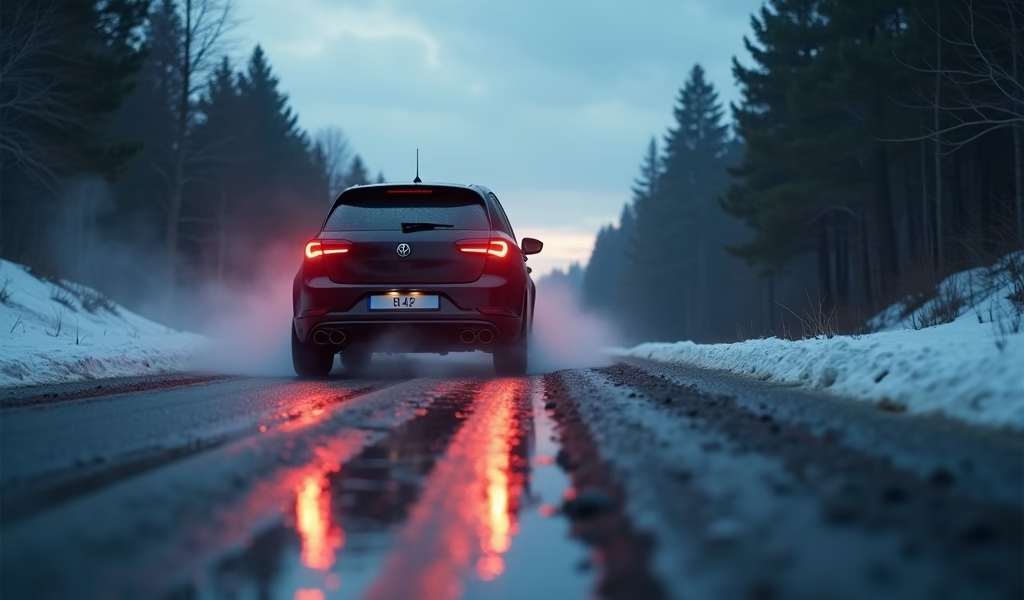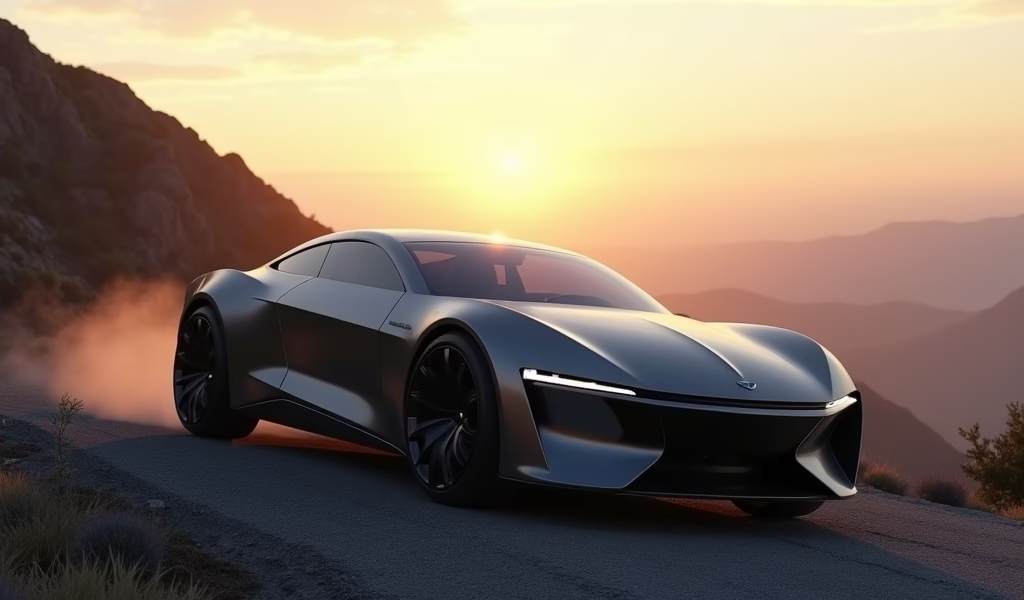Overview
This article explains hill hold control systems, which temporarily keep brakes engaged on inclines to prevent rollback, along with common duration problems and their solutions. It covers DIY fixes like checking settings and cleaning sensors, when to seek professional help, preventative maintenance tips, and cost expectations for various repairs.
Table of Contents
- Understanding Hill Hold Control: What It Is and How It Works
- Common Hill Hold Duration Problems You Might Experience
- Diagnosing Your Hill Hold Control Issues
- DIY Solutions to Fix Hill Hold Duration Problems
- When to See a Professional Mechanic
- Preventative Maintenance Tips for Hill Hold Systems
- Conclusion
- Frequently Asked Questions
Understanding Hill Hold Control: What It Is and How It Works
Have you ever found yourself nervously balancing the clutch and gas on a steep hill, hoping you don’t roll back into the car behind you? That’s exactly why hill hold control was invented, and it’s one of those features that once you have it, you wonder how you ever lived without it.
Hill hold control (sometimes called hill start assist) is a clever system that temporarily keeps your brakes engaged after you take your foot off the brake pedal when you’re on an incline. It gives you those precious few seconds to move your foot from the brake to the gas pedal without rolling backward. The duration of this hold – typically 2-3 seconds – can make all the difference between a smooth start and a panicky hill situation.
In vehicles like the Chevy Impala, the hill hold system uses input from multiple sensors to detect when you’re on a slope. These include the wheel speed sensors and incline sensors that constantly monitor your vehicle’s position. When the system detects you’re stopped on an incline of usually 3% or greater, it prepares to hold the brakes when you release the pedal.
What makes this system so handy is that it works automatically without you having to push any special buttons. The computer takes care of applying the right amount of brake system hydraulic pressure through the ABS module, giving you just enough time to get moving without stressing about rolling back.

Common Hill Hold Duration Problems You Might Experience
When your hill hold system isn’t behaving as expected, it typically falls into one of three duration-related problems. Let’s break them down:
Hold Duration Too Short
This is probably the most common complaint I hear in the shop. You release the brake pedal, and before you can even think about touching the gas, your car starts rolling backward. In a Chevy Impala, for instance, the system should hold for about 2-3 seconds on a moderate incline – enough time for most drivers to transition comfortably.
If your hold time feels more like a fraction of a second, something’s definitely not right. This can be especially nerve-wracking in stop-and-go traffic on San Francisco-style hills!
Hold Duration Too Long
The flip side can be just as annoying. You’ve released the brake, pressed the gas pedal, but your car seems reluctant to move forward. It feels like the brakes are still partially applied even though you’re giving it gas. This not only creates a jerky start but can actually increase wear on your brakes and clutch (if you have a manual transmission).
I recently worked on a 2020 Chevy Impala where the customer complained the car would “fight” against acceleration for nearly 5 seconds after releasing the brake on hills – way longer than the designed duration.
Inconsistent Performance
Perhaps the most frustrating issue is when your hill hold system works perfectly sometimes and completely fails you other times. One day it holds just right, the next it either doesn’t engage at all or holds for too long. This unpredictability can shake your confidence in the system entirely.
These inconsistencies often point to sensor issues or intermittent electrical problems that can be tricky to diagnose. But don’t worry – we’ll get to the fixes shortly.
Diagnosing Your Hill Hold Control Issues
Before diving into repairs, let’s figure out exactly what’s happening with your hill hold system. A proper diagnosis will save you time and potentially a lot of money. Here’s how to pinpoint what’s wrong:
Step 1: Verify the Problem Pattern
Take your car to a quiet, sloped area where you can safely test the hill hold function repeatedly. Note exactly how the system behaves:
- Does it consistently release too quickly?
- Does it hold too long every time?
- Is the behavior random or related to specific conditions (cold engine, wet weather, etc.)?
- Does it happen on both gentle and steep inclines?
The more specific information you gather, the easier it will be to fix the issue. For instance, with a Chevy Impala, I’ve noticed that some hill hold problems only occur when the engine is cold, pointing to a sensor calibration issue rather than a mechanical failure.
Step 2: Check for Warning Lights
Hill hold control is integrated with your ABS pump motor operation and stability control systems. If you have any illuminated warning lights for these systems, they could indicate the root cause of your hill hold duration problems.
Common warning lights that might relate to hill hold issues include:
- ABS light
- Traction Control light
- Stability Control light
- Hill Hold or Hill Start Assist warning light (on vehicles so equipped)
Step 3: Use an OBD-II Scanner
Even if no warning lights are illuminated, your vehicle’s computer may have stored trouble codes that can help diagnose the problem. A basic OBD-II scanner might show general codes, but for hill hold issues, a more advanced scanner that can access the ABS module would be ideal.
For example, in a Chevy Impala with hill hold issues, I often see codes like C0110 (pump motor circuit), C0121 (valve relay circuit), or U0415 (invalid data received) when there are duration problems. These codes give us valuable clues about where to look next.
DIY Solutions to Fix Hill Hold Duration Problems
Now for the good stuff! Here are some proven fixes you can try yourself before heading to a repair shop:
Solution 1: Check for Adjustable Settings
Many newer vehicles allow you to customize the hill hold duration right from the dashboard. In a Chevy Impala (2014 and newer), you can often adjust these settings through the infotainment system:
- Navigate to Settings → Vehicle → Driving Comfort
- Look for “Hill Hold Assist” or “Hill Start Assist”
- Select your preferred duration (if available) or toggle the feature on/off
Not every vehicle offers customizable settings, but it’s always worth checking your owner’s manual to find out if yours does. Sometimes the solution is as simple as a setting that was inadvertently changed.
Solution 2: The Battery Reset Method
This trick works surprisingly often for electronic control issues, including hill hold duration problems:
- Make sure your car is completely off and the key is removed
- Disconnect the negative battery terminal
- Press and hold the brake pedal for 30 seconds to drain any residual power
- Wait 15 minutes
- Reconnect the battery
- Start the car and let it idle for 5 minutes before testing
This reset allows the vehicle’s computers to reestablish their baseline settings. I’ve seen this fix inconsistent hill hold duration in a 2018 Chevy Impala that would sometimes hold for 1 second and other times for nearly 4 seconds.
Solution 3: Clean the Sensors
Hill hold systems rely on clean, functional sensors. The wheel speed sensors are particularly important and can get dirty or develop an incorrect air gap that affects readings.
For accessible sensors like wheel speed sensors, you can:
- Locate the sensors (usually near each wheel hub)
- Carefully clean around them using brake cleaner or electrical contact cleaner
- Make sure there’s no debris between the sensor and the tone ring
This simple maintenance can restore proper function, especially in vehicles that frequently travel on dirt roads or in harsh conditions. Just be gentle and avoid pushing sensors out of position.
Solution 4: Check for Software Updates
Vehicle manufacturers regularly release software updates that address issues like hill hold duration problems. Check with your dealer to see if there are any available updates for your specific make, model, and year.
For example, GM released a software update for certain Chevy Impala models that addressed hill hold duration inconsistencies. These updates are sometimes performed free of charge, even outside of warranty periods, if they relate to a known issue.
According to the National Highway Traffic Safety Administration, software updates can often resolve issues without requiring component replacement, making them a cost-effective solution.

When to See a Professional Mechanic
While DIY solutions can resolve many hill hold duration issues, some problems require professional attention. Here’s when it’s time to visit a shop:
When to Visit a Mechanic
- If warning lights remain on after trying DIY fixes
- If you’ve tried all the above solutions with no improvement
- If the hill hold system has stopped working entirely
- If you notice other brake system issues alongside the hill hold problems
A qualified mechanic has the diagnostic equipment and expertise to pinpoint issues that aren’t easily identifiable through DIY methods. For instance, internal problems with the brake system’s hydraulic components often require specialized testing equipment.
What a Professional Diagnosis Involves
When you take your vehicle to a shop for hill hold control issues, expect the technician to:
- Perform a comprehensive scan of all relevant control modules
- Test the brake pressure sensors and hydraulic system
- Check for proper communication between various control modules
- Physically inspect relevant components
- Test drive the vehicle to verify the complaint
This thorough approach ensures that intermittent issues or problems with multiple causes aren’t missed. In a recent case with a 2019 Chevy Impala, what appeared to be a simple hill hold duration problem was actually traced to a failing brake pressure sensor that was sending erratic signals to the computer.
Typical Repair Costs
If you’re wondering about the financial impact, here’s what you might expect to pay for common hill hold duration fixes:
- Software update or reprogramming: $75-$150
- Brake pressure sensor replacement: $150-$350
- ABS module repair/replacement: $300-$1,000
- Wheel speed sensor replacement: $120-$250 per sensor
Keep in mind that diagnosis itself typically costs $75-$150, though many shops will apply this fee toward repairs if you proceed with their recommended fix. Always ask for a detailed explanation of what’s wrong and get a written estimate before authorizing repairs.
Preventative Maintenance Tips for Hill Hold Systems
An ounce of prevention is worth a pound of cure – especially when it comes to your hill hold system. Here’s how to keep it functioning optimally:
Regular Brake System Maintenance
Since hill hold control is integrated with your braking system, keeping your brakes in top shape is crucial:
- Replace brake fluid every 2-3 years to prevent moisture contamination
- Don’t ignore squealing brakes or soft pedal feel
- Have your brake system inspected during regular servicing
Clean brake fluid is especially important for hill hold systems because they rely on precise hydraulic pressure control. Contaminated fluid can cause inconsistent operation or premature component failure.
Keep Your Battery Healthy
Many electronic issues, including hill hold duration problems, stem from insufficient power supply:
- Have your battery tested annually, especially before winter
- Clean battery terminals to ensure good connections
- Consider a battery tender if your vehicle sits unused for extended periods
A weak battery might still start your car but can cause havoc with sensitive electronic systems like hill hold control. I’ve seen numerous Chevy Impala models with hill hold issues that were completely resolved after installing a fresh battery.
Address Warning Lights Promptly
Don’t ignore those dashboard warning lights! They’re often your first indication that something’s amiss with systems that affect hill hold control:
- ABS warnings often indicate issues that will affect hill hold function
- Stability control warnings suggest sensor problems that may impact hill hold
- Even check engine lights can indirectly affect electronic systems
Addressing these warnings early can prevent more serious (and expensive) problems down the road. Many drivers ignore warning lights until a secondary symptom like hill hold failure forces them to take action.
Conclusion
Hill hold control duration problems can range from mildly annoying to genuinely concerning, but the good news is that most issues can be resolved without major repairs. Whether your system lets go too quickly, holds on too long, or behaves inconsistently, the solutions we’ve covered should help you get back to worry-free hill starts.
Remember that this helpful feature integrates with multiple vehicle systems, so proper maintenance of your brakes, battery, and electronics all contribute to its reliable operation. For Chevy Impala owners and drivers of other models alike, understanding how your hill hold system works allows you to better diagnose and address any duration issues that might arise.
If DIY solutions don’t solve the problem, don’t hesitate to consult with a professional. The peace of mind that comes with a properly functioning hill hold system – especially when you’re stopped on a steep San Francisco-style hill with a line of cars behind you – is well worth the investment.
Safe driving, and may all your hill starts be smooth ones!
Frequently Asked Questions
How long should hill hold control typically last?
Most hill hold systems are designed to hold for 2-3 seconds on moderate inclines. This duration gives the average driver enough time to transition from brake to accelerator without rolling backward.
Can I turn off hill hold control if I don’t like it?
Yes, most vehicles with hill hold control offer the option to disable it through the vehicle settings menu. Check your owner’s manual for specific instructions for your make and model.
Will hill hold control wear out my brakes faster?
No, hill hold control doesn’t cause significant additional wear on your brakes. It uses the same brake system components that are already designed for thousands of apply-release cycles.
Is hill hold control the same as Auto Hold?
No, they’re different features. Hill hold briefly prevents rolling on inclines, while Auto Hold keeps the brakes applied indefinitely until you press the accelerator, regardless of incline.
Do all new cars come with hill hold control?
Not all, but it’s becoming increasingly common as a standard feature. Most new vehicles with electronic stability control systems include some form of hill hold assistance, though the implementation varies by manufacturer.

